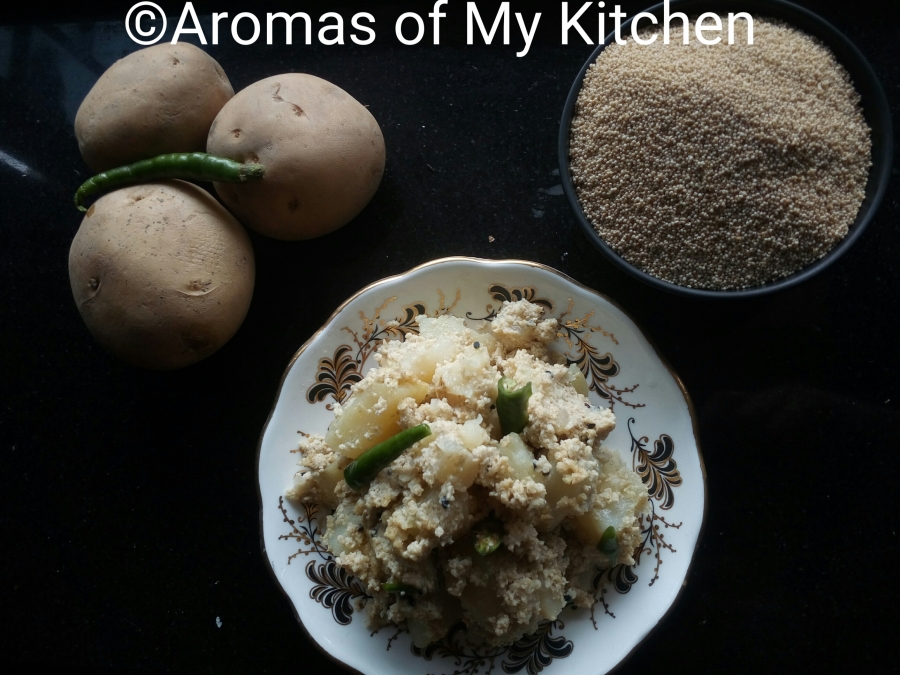Rice kheer holds a very important position in our festive celebrations mainly because of the fact that India is an agricultural country . This is served as a dessert and in Bengali households it is compulsory to serve rice kheer as a dessert after offering it to Gods as proshad on birthdays.
Each home has its own recipe and my recipe has been made easy for youngsters to keep this in their menu .This measurement serves 6 people .
Ingredients:
- 1 litre milk reduced to 750 ml by boiling
- 100 gms of rice previously soaked for almost an hour
- A can of milkmaid or sweetened condensed milk
- 2 bay leaves
- 2 green cardamoms
- 25 gms of chironjis
- 25 gms of cashews broken into two halves
- 25 gms of almond slivers
- Few strands of saffron
Procedure:
- In a heavy bottom pan take 1 litre of milk, add bay leaves and cardamoms and keep boiling it on low heat till it reduces to 750 ml.
- Strain the rice and add it to the boiling milk on low heat. Keep stirring at intervals of five minutes till the rice looks cooked. Take out bay leaves and cardamoms.
- Then, add the dry fruits and saffron and cook it further. At this stage, add a full can of condensed milk and stir well till everything comes together.
- Stir well and pour into your serving bowl or individual bowls. Keep it in the fridge and serve cold.



















